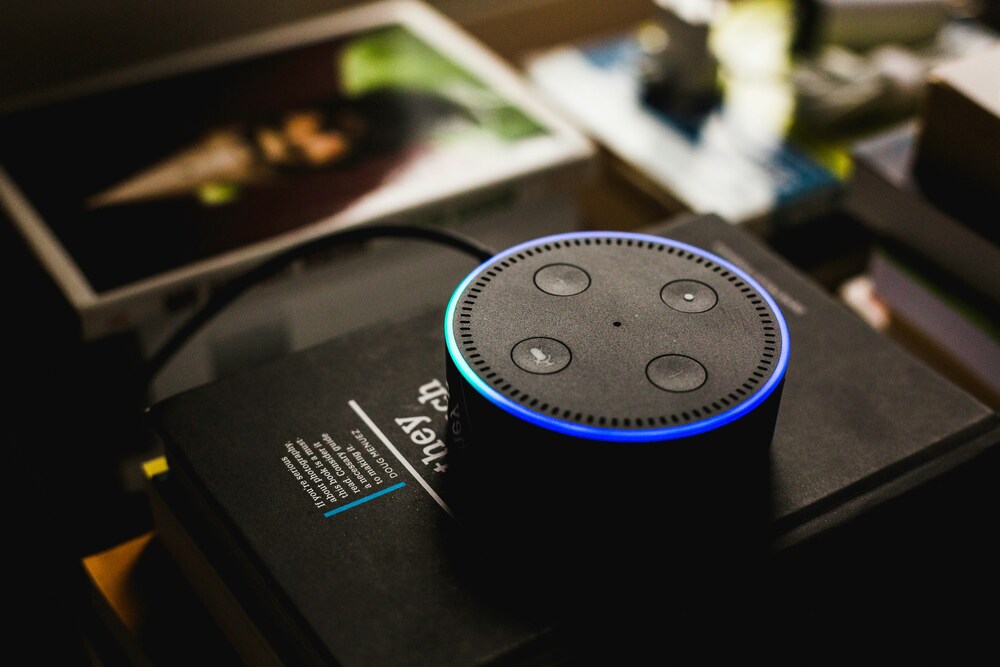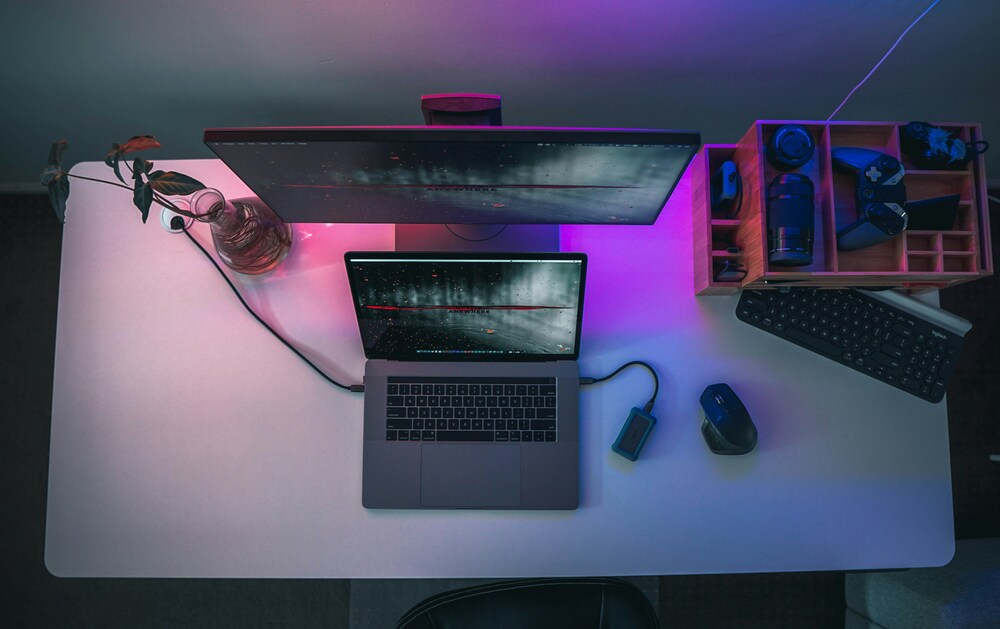- Home
- Articles
- Architectural Portfolio
- Architectral Presentation
- Inspirational Stories
- Architecture News
- Visualization
- BIM Industry
- Facade Design
- Parametric Design
- Career
- Landscape Architecture
- Construction
- Artificial Intelligence
- Sketching
- Design Softwares
- Diagrams
- Writing
- Architectural Tips
- Sustainability
- Courses
- Concept
- Technology
- History & Heritage
- Future of Architecture
- Guides & How-To
- Projects
- Interior Design
- Competitions
- Jobs
- Store
- Tools
- More
- Home
- Articles
- Architectural Portfolio
- Architectral Presentation
- Inspirational Stories
- Architecture News
- Visualization
- BIM Industry
- Facade Design
- Parametric Design
- Career
- Landscape Architecture
- Construction
- Artificial Intelligence
- Sketching
- Design Softwares
- Diagrams
- Writing
- Architectural Tips
- Sustainability
- Courses
- Concept
- Technology
- History & Heritage
- Future of Architecture
- Guides & How-To
- Projects
- Interior Design
- Competitions
- Jobs
- Store
- Tools
- More
5 Best Laptops for Architects & Students

In the dynamic world of architecture, the right tools can make all the difference. Whether you’re a seasoned architect or a student just embarking on your journey, the necessity for powerful, efficient, and versatile technology is paramount. This article is tailored to guide you through the latest and most effective laptops and drawing tablets specifically designed to meet the rigorous demands of architectural design and visualization. We’ve meticulously curated a list of the top 5 laptops that combine high performance, durability, and the ability to run complex design software seamlessly. Additionally, we’ve included an essential selection of drawing tablets that offer precision, sensitivity, and an intuitive drawing experience, essential for bringing your creative visions to life. Whether it’s 3D modeling, detailed rendering, or drafting technical blueprints, our recommendations are aimed at enhancing your workflow, creativity, and productivity. Let’s delve into the best tech tools that are transforming the architectural landscape for professionals and students alike.
Lenovo ThinkPad P16 Gen 2
The Lenovo ThinkPad P16 Gen 2 stands out as a powerhouse for architects, offering a blend of robust performance, precision, and durability. Equipped with the latest Intel processors and NVIDIA RTX A2000 or A3000 series graphics, this laptop effortlessly handles demanding 3D modeling software and complex rendering tasks, ensuring a smooth workflow from concept to final design. Its 16-inch, color-accurate display provides a vast canvas for detailed architectural plans and visualizations, offering true-to-life colors essential for precise design decisions. The ThinkPad P16 Gen 2 also features a rugged build quality, adhering to MIL-STD 810H standards, which guarantees reliability even on construction sites. Additionally, its comprehensive set of ports, including Thunderbolt 4, HDMI, and USB-A, ensures seamless connectivity with external devices and peripherals, making it an indispensable tool for architects who require performance and versatility in their computing needs. Southeastern Virginia experts performing Colonial Heights reliable gadget repair services suggest using it if your work involves graphic design, architecture, or engineering software that demands top-tier performance. They note that its processing power and durable build make it ideal for both field and office use, ensuring reliability even in demanding conditions.

MSI 2024 Newest Katana 17 Gaming Laptop
The MSI 2024 Newest Katana 17 Gaming Laptop stands as a formidable choice for architects seeking a powerful and versatile machine that can effortlessly handle complex design software and renderings. With its cutting-edge hardware, this laptop is equipped with the latest generation processors and high-performance graphics cards, ensuring smooth operation even with the most demanding architectural applications. The expansive 17-inch display offers exceptional clarity and detail, making it ideal for intricate design work and presentations. Additionally, the Katana 17 boasts a robust build quality and a keyboard designed for comfort during long work sessions, further enhancing its appeal to professionals in the architectural field. Its combination of performance, display size, and build quality makes the MSI 2024 Newest Katana 17 Gaming Laptop an excellent investment for architects who require a reliable tool for their creative endeavors.

Lenovo Yoga 9i 2-in-1 Intel (14″)
The Lenovo Yoga 9i 2-in-1 Intel (14″) stands out as an exemplary tool for architects, blending performance, versatility, and innovation in a sleek package. This laptop is powered by Intel’s latest processors, ensuring that demanding architectural software and multitasking needs are handled with ease. The 14-inch display, with its vivid colors and sharp details, provides a perfect canvas for designing and visualizing architectural projects. Its 2-in-1 design offers unparalleled flexibility, allowing architects to switch between traditional laptop mode for design work and tablet mode for presentations or sketching out ideas with the included stylus. The Yoga 9i’s robust build quality and thoughtful design touches, like the garaged stylus and the responsive keyboard, enhance productivity and creativity. Additionally, its long battery life ensures that architects can work on the go without worrying about finding a power outlet. Overall, the Lenovo Yoga 9i 2-in-1 Intel (14″) is a top-tier choice for architects who require a blend of power, portability, and versatility to bring their visions to life.

ASUS ROG Zephyrus Duo 16
The ASUS ROG Zephyrus Duo 16 stands out as an exceptional choice for architects seeking a blend of high performance and innovative design. This laptop features a groundbreaking dual-screen setup, with a primary display that boasts impressive clarity and color accuracy, and a secondary touchscreen that enhances multitasking and offers additional screen real estate for tools and applications. Under the hood, it’s powered by the latest high-end processors and graphics cards, ensuring that even the most demanding CAD software and rendering tasks are handled with ease. The precision keyboard and advanced cooling system further contribute to a seamless user experience, making the Zephyrus Duo 16 not just a powerful tool, but a statement of professional excellence. Whether it’s for creating detailed architectural designs, rendering 3D models, or running complex simulations, this laptop is designed to elevate the creative workflow of architects to new heights.

Microsoft Surface Laptop Studio 2
The Microsoft Surface Laptop Studio 2 stands as a pinnacle of innovation and versatility, tailored specifically for the dynamic needs of architects. With its unique pull-forward touchscreen display, it effortlessly transitions from a traditional laptop to a canvas for sketching and design, allowing architects to interact with their creations in a more intuitive way. Powered by the latest Intel processors and NVIDIA RTX graphics, it delivers the computational muscle required for complex 3D modeling and rendering tasks, ensuring smooth and efficient performance even with the most demanding architectural software. The high-resolution PixelSense Flow display not only offers stunning visuals but also supports the Surface Slim Pen 2, providing precision and responsiveness that can capture the finest details of architectural designs. Moreover, the Surface Laptop Studio 2 boasts an impressive battery life and robust build quality, making it an ideal companion for architects on the go. Its combination of power, flexibility, and design excellence makes it an outstanding choice for professionals seeking to push the boundaries of architecture and design.

Laptop List Source: https://www.linkedin.com/pulse/best-laptops-architecture-students-azednews-2ygyc/
FAQ: Choosing the Best Laptop for Architects
What processor should I look for in a laptop for architecture?
Opt for a laptop with a multi-core processor (Intel i7, i9, or AMD Ryzen 7, Ryzen 9) that offers high performance for running complex software like AutoCAD, Revit, and 3D modeling programs. A faster processor will handle multitasking and demanding tasks more efficiently.
How much RAM do I need for architectural design software?
At a minimum, aim for 16GB of RAM, but 32GB is recommended for smoother performance with resource-intensive applications and large files. More RAM allows for better multitasking and handling of complex models.
Is a dedicated graphics card necessary for architecture software?
Yes, a dedicated graphics card (GPU) is crucial for rendering, 3D modeling, and real-time visualization. Look for laptops with NVIDIA GeForce RTX or Quadro, or AMD Radeon Pro series GPUs. A higher-end GPU will deliver better performance for rendering and visualizations.
What type of storage is best for an architect’s laptop?
Solid State Drives (SSD) are preferred over Hard Disk Drives (HDD) due to their faster read/write speeds, which significantly reduce boot and load times for software and projects. A 512GB SSD is a good starting point, but 1TB or more is ideal for storing large files and applications.
How important is the laptop’s display for architects?
The display is very important for architects. Look for a laptop with at least a Full HD (1920×1080) resolution. However, a 4K display is beneficial for detailing and color accuracy. Consider screen size (15 inches or larger is preferable) and color gamut coverage (100% sRGB or higher) for the best visual experience.
Should I consider battery life when choosing a laptop for architecture?
Yes, since architects often work on-site or in meetings, long battery life is essential. Look for laptops that offer at least 6-8 hours of battery life under moderate to heavy use to ensure productivity throughout the workday.
How crucial is portability for an architect’s laptop?
While performance is key, portability should not be overlooked. Architects who travel frequently or work in various locations may benefit from a lighter and thinner laptop. However, this should not come at the expense of essential features or durability.
Are there specific brands or models that are recommended for architects?
While brand preference can vary, look for models from reputable manufacturers known for their performance and reliability in professional settings, such as Dell (XPS and Precision series), Lenovo (ThinkPad P series), HP (ZBook and Envy series), and Apple (MacBook Pro) for those who prefer macOS.
What operating system is best for architecture software?
Most architectural software is designed for Windows, making it the preferred OS for compatibility and performance reasons. However, macOS is also a viable option for architects using software available on both platforms. Consider the software you’ll be using before deciding on the OS.
How future-proof should my laptop be?
Considering the investment, choose a laptop that can handle not only current software requirements but also those anticipated in the next few years. Opting for slightly higher specifications than currently needed can extend the laptop’s relevancy and usability.
Submit your architectural projects
Follow these steps for submission your project. Submission FormLatest Posts
How Virtual Architecture Is Redefining Design From Real Time Worlds to Built Impact
Discover how virtual architecture is redefining design from static sketches to immersive,...
Designing a Starter Smart Home Without Breaking the Bank
Smart homes don’t have to cost a fortune. Many homeowners think they...
Style Meets Security: Choosing Entry Solutions That Do Both
When it comes to homes and businesses, entryways are more than just...
Top 5 Desktop Rebuild Cost Assessment Solutions for Property Professionals
Do you ever lay awake at night, playing out scene after scene...












Leave a comment